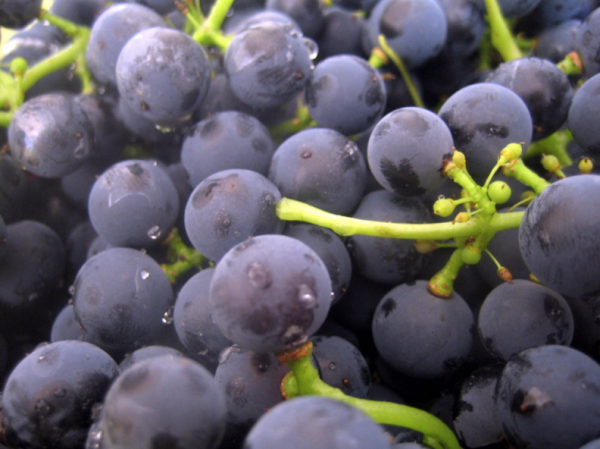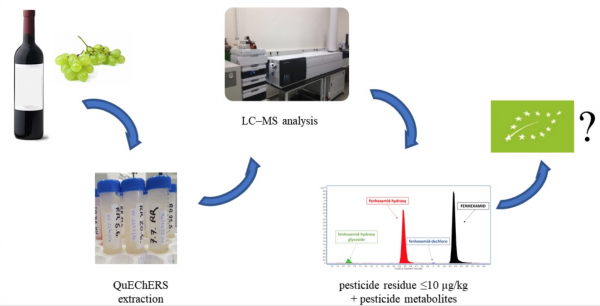Researchers from the University of Chemistry and Technology in Prague conducted a study on pesticide residues and their metabolites in grapes and wines from the conventional and organic farming systems. “Moreover this tool enables obtaining the evidence on an unauthorized application of plant protection products in organic production.” says professor, Vladimír Kocourek

(Vladimír Kocourek, Professor from the University of Chemistry and Technology in Prague)
In this study, the occurrence of pesticide residues and their metabolites in grapes and wines was investigated. A targeted analysis of 406 pesticide residues in 49 wine and grape samples from organic and conventional production was performed using the QuEChERS (Quick, Easy, Cheap, Effective, Rugged, and Safe) extraction method, followed by ultra-high-performance liquid chromatography coupled with tandem mass spectrometry. Multiple residues were detected in 22 tested samples. The most commonly detected residues were fungicides and insecticides.

(Grapes, Wikipedia Commons)
According to researchers from the University of Chemistry and Technology in Prague grapes are among the most widely grown fruits worldwide, consumed both fresh and in the processed forms (wines, raisins). Approximately 50% of grapes are used in wine production. The vineyard yield, as well as grape quality, can be affected by various plant diseases and pests, including gray mold, downy mildew, powdery mildew, and grape moth. In conventional production, various plant protection products, especially fungicides and insecticides, are widely used for protecting grapevine. For example, pesticide preparations with active ingredients such as fenhexamid, boscalid and dimethomorph are approved in the European Union and commonly used by growers. Although the use of pesticides in grapevine production provides various benefits, the presence of pesticide residues in grapes and their possible transfer into wines rise health concerns.

(Graphical Abstract)
The data in The 2018 European Union report on pesticide residues in food clearly documents a wide use of pesticides in viniculture worldwide. For example, quantifiable pesticide residues were observed in more than 86% of grapes; moreover, multiple residues were reported in more than 68% of tested samples.
Researchers present the results of the analyses of pesticide residues and metabolites in grapes and wines from both conventional and organic production. “Fungicides and insecticides were the most commonly detected pesticide residues; in total, residues of 29 and 25 different pesticide residues were found in grapes and wines, respectively,” says Kocourek.
See more in an original research article published in MDPI. Text is based on the research text.

The University of Chemistry and Technology, Prague is a natural center of first-rate study and research in the area of chemistry in Czechia and is one of the country’s largest educational and research institutions focused on technical chemistry, chemical and biochemical technologies, material and chemical engineering, food chemistry, and environmental studies.
Media Contact
Company Name: Sciencecom Agency
Contact Person: John Hemingway
Email: Send Email
Country: Czech Republic
Website: https://www.mdpi.com/2304-8158/10/2/307

